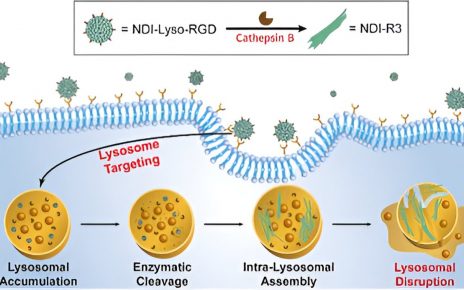Adverse menstruation-related symptoms are common during menstrual cycles, which occur about once a month in healthy women. Primary dysmenorrhea (PD) and premenstrual syndrome (PMS) are especially prevalent and problematic, causing cramps, body pain, and numerous other disruptive physical and emotional symptoms. Now, a systematic review and meta-analysis conducted in Japan has found commonalities in risk factors for the prevalence and severity of PD and PMS, and has shown that some symptoms can be successfully self-managed.
Previous studies investigating PD and PMS symptoms have found a range of risk factors with no clear conclusions. Many studies have limited their scope to PD during menstruation and PMS before menstruation. Professor Nakata's research group, however, found symptoms to be prevalent and similar both before and during menstruation. Their review, therefore, included symptoms at both stages. The researchers, led by Professor Yoshio Nakata, examined English and Japanese studies on menstrual-related symptoms, focusing on PD and PMS.
Professor Nakata's team first performed a search of English and Japanese biomedical literature. They sought observational studies of healthy women, and that targeted PD and PMS. Further review refined the list from 1,479 to 77 studies that met the exacting criteria. From these, they extracted data on physical characteristics, menstrual characteristics, and lifestyle factors. The results showed that physical characteristics, like age and BMI; menstrual characteristics, such as longer periods and irregular cycles; and lifestyle factors, including sleeping duration and smoking, all affected the prevalence and severity of menstrual-related symptoms. Some of the identified risk factors were beyond the individual's control, such as age and family history. Other characteristics, however, offer hope for alleviating symptoms.
Among our findings, BMI, stress, sleep duration, and bedtime were associated with PD prevalence, while smoking was associated with PMS prevalence. The good news is that women can do a lot to manage these risk factors for themselves."
Professor Yoshio Nakata
To the best of the researchers' knowledge, this is the first study to comprehensively examine how much all these factors affect PD and PMS prevalence and severity. Intervention and management addressing the most significant factors may improve symptoms and thereby improve quality of life for many women.
University of Tsukuba
Mitsuhashi, R., et al. (2022) Factors Associated with the Prevalence and Severity of Menstrual-Related Symptoms: A Systematic Review and Meta-Analysis. International Journal of Environmental Research and Public Health. doi.org/10.3390/ijerph20010569.
Posted in: Medical Research News | Women's Health News
Tags: Dysmenorrhea, Menstruation, Pain, Premenstrual Syndrome, Public Health, Research, Sleep, Smoking, Stress, Syndrome
Source: Read Full Article



